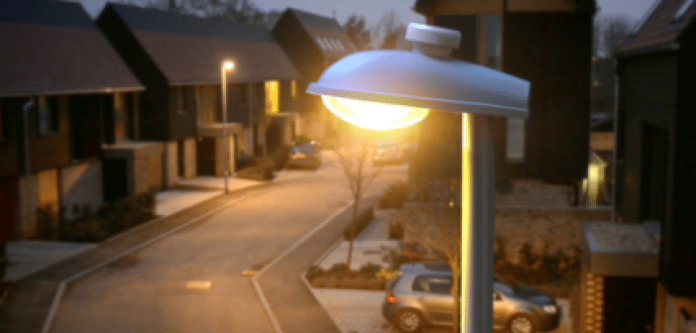Small cells cannot proliferate without baseband processors designed to fit their power and size requirements. In recent years there has been no shortage of vendors eyeing the space. Some have approached outdoor small cells as miniature versions of macro base stations, while others have started with designs for indoor small cells and adapted those.
Freescale, now owned by NXP, has traditionally supplied companies like Ericsson, Huawei and Nokia with base station processors. The company was eager to transfer its skills into the small cell world, but so far the number of small cell deployments has been lower than the company expected.
“Small cell has been very disappointing with respect to ramps and it continues to be disappointing,” said Freescale’s Noy Kucuk, VP and GM of digital networking. Freescale has worked on outdoor small cell solutions with the Technology Partnership of Europe and has supplied Airvana, which is now owned by CommScope, with chips for indoor small cells. On the outdoor front, the company has not seen as many orders as expected.
Kucuk said NXP/Freescale is now more focused on support and software for its current solutions than on developing new chipsets for this generation of wireless technology. He also hopes NXP will have a bigger role to play when “5G” is defined and deployed.
Analyst Stefan Pongratz of Dell’Oro Group thinks it may be too soon for chip vendors to write off 4G/LTE, but he admits that the market has not been as robust as many manufacturers thought.
“There has been some skepticism lately within the small cell supplier community about the role small cells will play with 4G hetnets, partly a result of perhaps overly ambitious expectations,” Pongratz said. “But the reality is that the nonresidential small cell market is currently growing at a rapid pace.”
Pongratz recently raised his estimates for small cell shipments in 2016, citing the “likelihood larger-scale deployments in China, India and the U.S. could materialize in the second half of 2016.” He said both outdoor and indoor small cell unit deployments – excluding traditional microcells/picocells – were stronger than expected during the first quarter, but that average selling prices were lower than projected.
For NXP/Freescale, Kucuk thinks the right strategy now is a focus on the future, specifically 5G. Kucuk is hopeful that NXP’s capabilities will be well-suited for 5G, which he believes may combine massive multiple input multiple output antennas with millimeter wave technology.
“Deployment scenarios have to change and that’s maybe the time when we will need to have an integrated solution,” he said. “[With] massive MIMO plus millimeter wave, some equation has to change.”
Follow me on Twitter.

Small cell suppliers look forward to 5G
ABOUT AUTHOR
